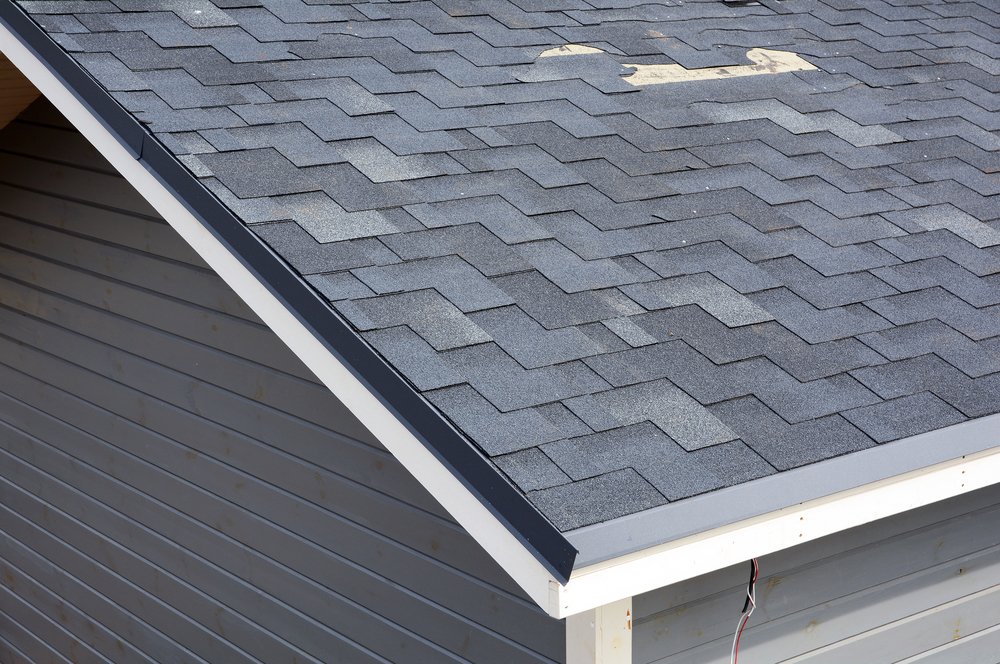As temperatures rise and fall during the winter, one issue our restoration business has had to repair is a flooding basement due to a failed sump pump. As temperatures fall, freezing water can cause premature failures on sump pumps and spell disaster for home owners who come home to a flooded basement. There's a number of things that you can do to prevent sump pump failures in the winter:
- Check for ice - look for any ice forming within the sump pump pit or around the discharge outside. That's a sign that the water isn't flowing easily and modifications need to be made to ensure it's not overworked or freezing up completely.
- Check your drainage - most sump pumps that fail in frozen weather don't freeze, they overheat and fail because the water isn't draining properly. Check your drainage piping to ensure it's lengthy (so water doesn't back up), on a slope away from your home (so gravity helps), and that it's insulated from outside air. If you don't have an option to dig up and reroute your drainage, you can temporarily insulate it by covering any exposed piping outside with hay and a tarp. Just be sure to keep the drain opening clear.
- Check your settings - by increasing how often your sump pump cycles, you may improve the flow of water and reduce the time that it can stand and freeze. You may be able to adjust a float switch so that it pumps more often. This isn't always an option, but refer to your manufacturer's documentation.
- Add an alarm - your sump pump may come with its own alarm system, but you can add a secondary alarm that detects when moisture is getting too high and before it does any damage to your basement. In fact, there are some great smart alarms nowadays that you can connect to your home network and that will alert you by phone if there's an issue!
Tags
Subscribe to Amos Exteriors's Blog






Comments